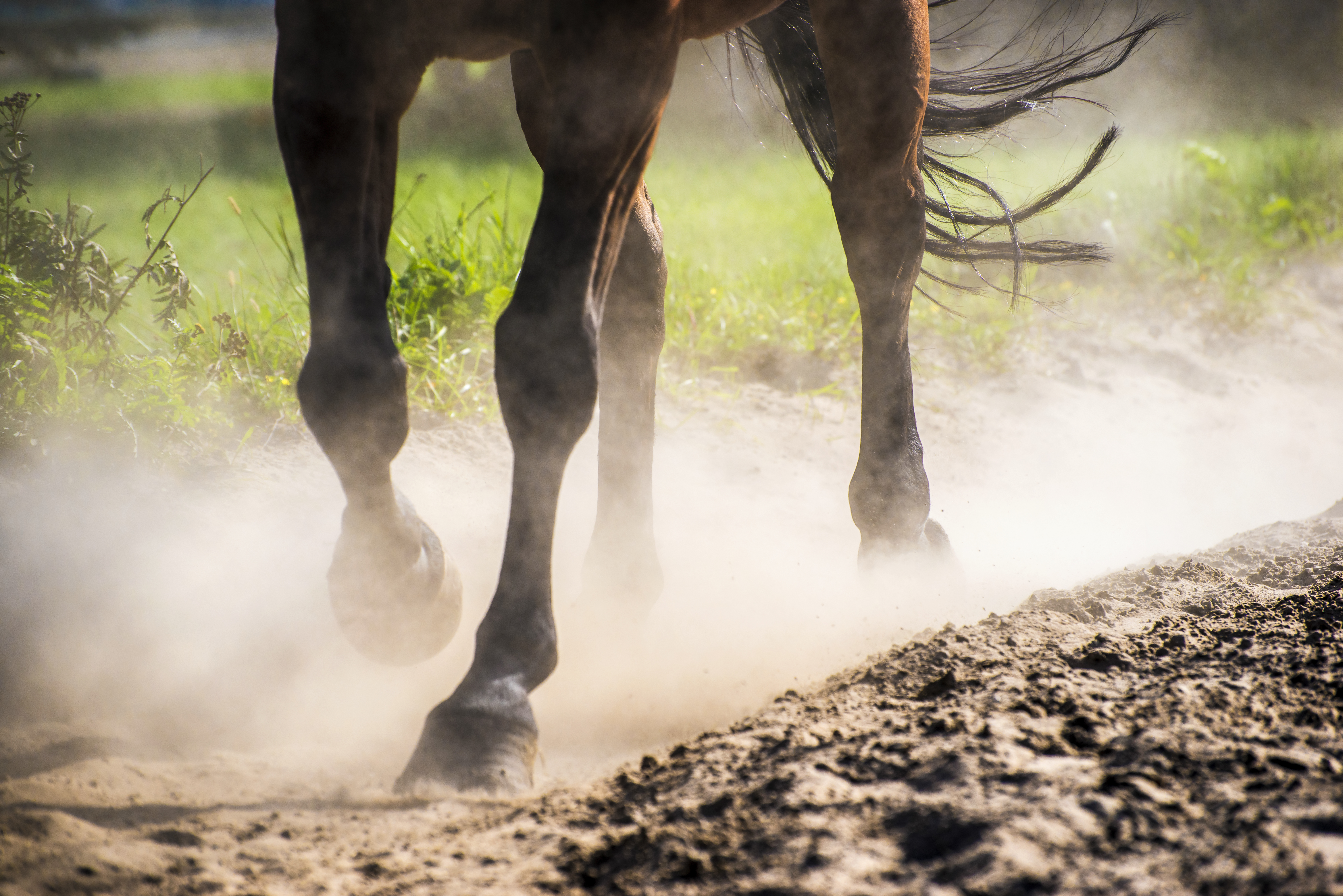“The harder you work your horses, the harder you should take care of them.” Those words, spoken to me decades ago by a wise horseman, ring true today. In fact, they’re like a mantra...

“The harder you work your horses, the harder you should take care of them.” Those words, spoken to me decades ago by a wise horseman, ring true today. In fact, they’re like a mantra to me.
One way I’ve always taken care of my horses is to ice their legs after hard work. It’s a management concept that hasn’t changed in my lifetime: I remember my father icing horses’ legs when I was a little kid. That’s because ice therapy is inexpensive and effective. Ice, applied after exercise, can reduce swelling and pain by decreasing the blood flow and metabolic processes that come from an inflammatory response produced by exercise or an injury. It also seems to provide therapeutic relief, which is why many elite human athletes seek out ice baths after a tough workout.
The ABCs of Icing
Icing isn’t just for elite athletes, be they horse or human. “Weekend warriors,” those horses that stand around all week, then are worked hard on the trail or rail on the weekend, are prime candidates for ice therapy. But too often, trainers and riders skip this important step. That’s something I don’t understand: Ice isn’t expensive; the only cost is time.
In my barn, you’ll see us icing horses every day. Not every horse gets iced every day. I generally ice one after a hard workout and after a hard show day. Here are some tips for how to do it. (Note: These tips are for routine, post-workout icing only. If your horse has suffered an injury that requires icing, consult with your veterinarian for guidelines.)
• We generally wet down a horse’s legs before we ice them, to prevent “ice burn.”
• You’re usually safe putting cubed ice directly on your horse’s wet skin. (I’ll give you some tips for doing so, plus some other options.) But if you’re using a rigid or flexible ice pack, put a cotton cloth or towel between it and his skin.
• We ice both front and/or hind legs for about 20 minutes to half an hour at a time. (You can over-do it. Check with your vet before icing for any longer.)
• One of the most cost-effective ways to ice legs is by cutting a pants leg off a pair of old jeans or slacks to act as an “ice sleeve.” Put your horse’s leg through it. Use a wrap (or duct tape) to seal the pants leg around his pastern, and then fill the pants leg with ice.
• Bags of frozen peas or corn also make good ice packs. Simply put a layer of cotton cloth between the bag and your horse’s leg, and hold the pack in place with a polo wrap.
• If you like, you can invest in commercial icing products. Ice boots are available that contain pockets into which you can pour water and freeze. Such boots allow you to target specific areas on your horse’s legs with ice therapy and are generally available for under $100 per pair.
• Commercial boots that use built-in gel cells, or removable ones, that stay cold are super-convenient. You store the boots or gel cells in a plastic bag in the freezer, and then simply apply them to your horse’s legs as you would a typical boot. No melting ice! Such boots are generally under $100 per pair. Tip: If you’re showing within about a half-hour or so from home, apply gel-cell boots to your horses’ legs for the trailer ride home. And voila—they’re iced! • If you get caught somewhere with no access to ice or commercial icing products, plain old cold water can help cool down legs. Simply use a hose to apply cold, running water to your horse’s lower legs for 15 to 20 minutes.
The final word: Icing your horse’s legs doesn’t have to be complicated. In fact, I hope the tips I’ve given you here make you realize how simple (and inexpensive) it can be. Do the right thing by his legs. It’ll pay off in the long run.
A multiple AQHA world champion, Avila has also won three NRCHA Snaffle Bit Futurities, the NRHA Futurity, and two World’s Greatest Horseman titles. He received the AQHA Professional Horseman of the Year honor. His Avila Training Stables, Inc., is in Temecula, California. Learn more at bobavila.net.


"*" indicates required fields